A week ago the world, well a very small part of it including me, witnessed the next step in the expansion of McLaren Automotive. The venue was the Stowe Circuit at Silverstone, the small step/giant leap was the first public showing of the McLaren MP4-12C GT3.
Somehow the embargo that McLaren requested was kept and this morning they sent out their release. This is what it said.
The first McLaren MP4-12C GT3 to be built by McLaren GT – a new company that brings together the expertise of the McLaren Group and CRS Racing – has successfully undertaken its debut tests at the MIRA proving ground facility and Silverstone Circuit in England. McLaren GT has also appointed a new test driver to its team, 26-year-old Portuguese racing driver Álvaro Parente.
The initial shakedown tests undertaken with the 12C GT3, whereby new components are calibrated and bespoke aerodynamic body structures are appraised for the first time, will be followed by comprehensive tests scheduled throughout March and April at a number of FIA* certified circuits across Europe. News on the development programme, full driver line-up and planned competition for the 12C GT3 will be confirmed after these tests are completed.
MP4-12C GT3 development to focus on quality and performance
McLaren GT Project Manager Andrew Kirkaldy and McLaren Automotive Chief Test Driver Chris Goodwin piloted the new 12C GT3 on its first outings. These real-world tests follow months of virtual testing in the McLaren Simulator at the McLaren Technology Centre in Woking, which is also used to develop the 12C production car and Vodafone McLaren Mercedes’ Formula 1 cars.
Andrew Kirkaldy said: “We have an extensive list of subjective and objective development targets set for the MP4-12C GT3. In the first tests, the car is achieving excellent results in many areas including handling, powertrain and other aspects of dynamic performance.
“The 12C’s carbon chassis and aerodynamic efficiency mean we started with a lightweight, dynamically-optimised sports car. Those characteristics are fundamental to any race car.The car is around 100mm wider than the standard production car and features a new suspension system which we have tested in the McLaren Simulator. Having now experienced this new set-up in the 12C GT3 car, I’m delighted with the progress we are making.
“The McLaren GT team is working with Formula 1 technology suppliers, and several of the senior technical personnel involved in this project have vast experience in Formula 1. This is a unique advantage in developing a GT specification car.”
From 2012, McLaren Automotive and CRS Racing will supply and support a limited number of FIA GT3-compliant racing cars based on the McLaren 12C high-performance sports car for privateers.**
MP4-12C GT3: Technical specification outline
The 12C GT3 race car is based on a standard 12C. Developing the race car has required a team of engineers, technicians and test drivers from McLaren Group and CRS Racing to focus on several fundamental components.
The 12C GT3 is based on the McLaren carbon MonoCell chassis, which weighs just 75kg and is produced in a revolutionary one-piece mould. Race specification composite body panels and a fixed rear wing have been added to the GT3 car.
The same 3.8-litre twin turbo V8 as in the production car on which it is based will be used in the 12C GT3, tuned to race specification. A bespoke paddle-shift system operating an all-new Ricardo-designed gearbox developed specifically for racing will be fitted. This system eschews the 7-speed SSG dual-clutch Graziano transmission supplied in the standard 12C.
New electrical architecture is being supplied by McLaren Electronic Systems Limited, including electronic dash and data technologies. Bosch Motorsport will supply a new ABS system for the 12C GT3. A new aerodynamics package has been developed by McLaren Racing in compliance with GT3 regulations, incorporating a new front splitter, door blade, rear wing, diffuser and louvres in the front fenders.
The new GT3 car will feature motorsport-specific braking and suspension components. These include bespoke callipers by Akebono, Official Supplier to Vodafone McLaren Mercedes. Due to regulations imposed by racing authorities, the 12C GT3 will not feature the road-going 12C’s ProActive Chassis Control System; negating the requirement for an anti-roll bar. Instead, the 12C GT3 will use a configuration comprising race-specific roll bars and dampers.
McLaren Automotive Chief Test Driver Chris Goodwin said: “Those who have seen the new MP4-12C production car won’t be surprised to learn that immense attention to detail has been applied in developing the GT3 version. Quality is a watchword. We know that our potential customers will expect McLaren GT to deliver a competitive car right out of the box and, starting now with a programme covering aerodynamics development and durability testing, we are determined to do just that.
“The McLaren GT team is committed to achieving unprecedented levels of performance, also guaranteeing the levels of quality, reliability and durability with which we expect to delight future race teams entering competitions with the 12C GT3.”
As the car rolled out of the transporter I felt I was being teleported back to Jerez 1995 when the F1 GTR first raced in the BPR Series.
The Blancpain Endurance Series just shifted up another gear.
John Brooks, March 2011








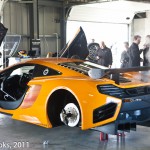
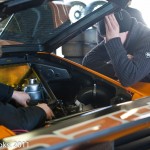

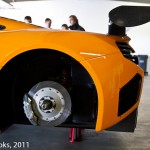
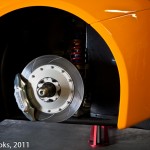
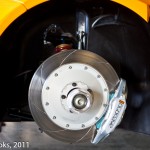


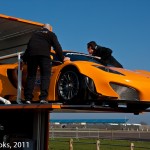



























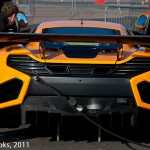
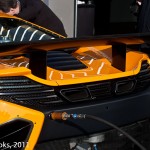
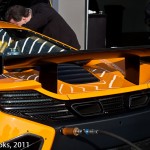
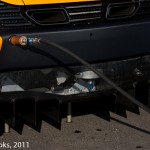
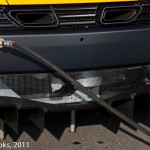


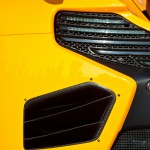
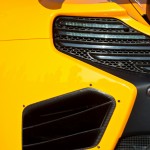
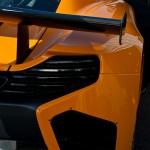
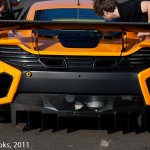
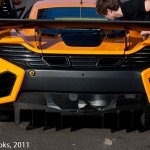
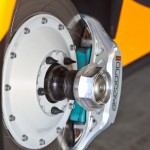
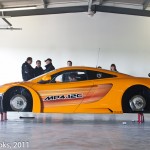

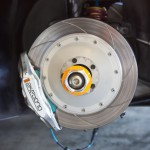
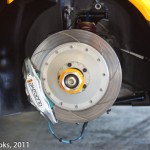
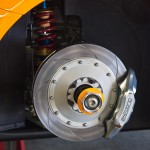
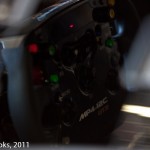

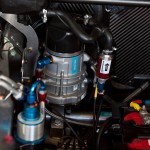
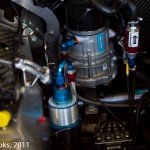
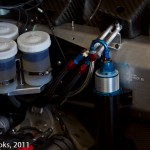
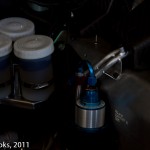
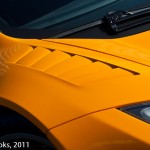
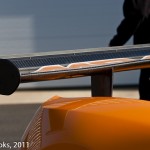
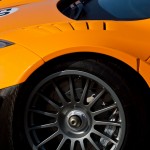
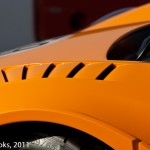


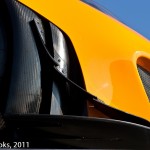
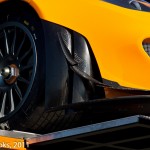
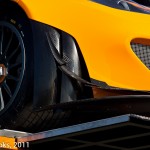
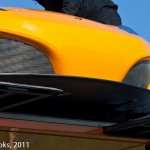
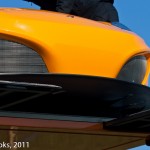
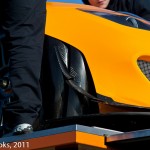
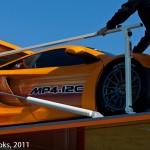
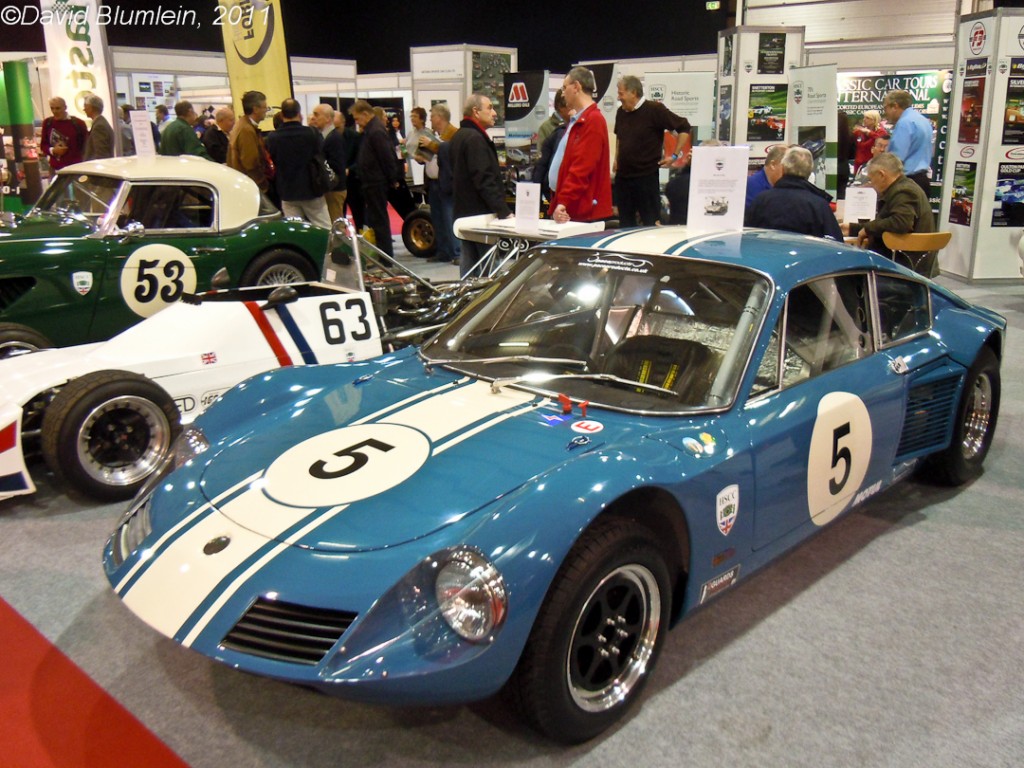
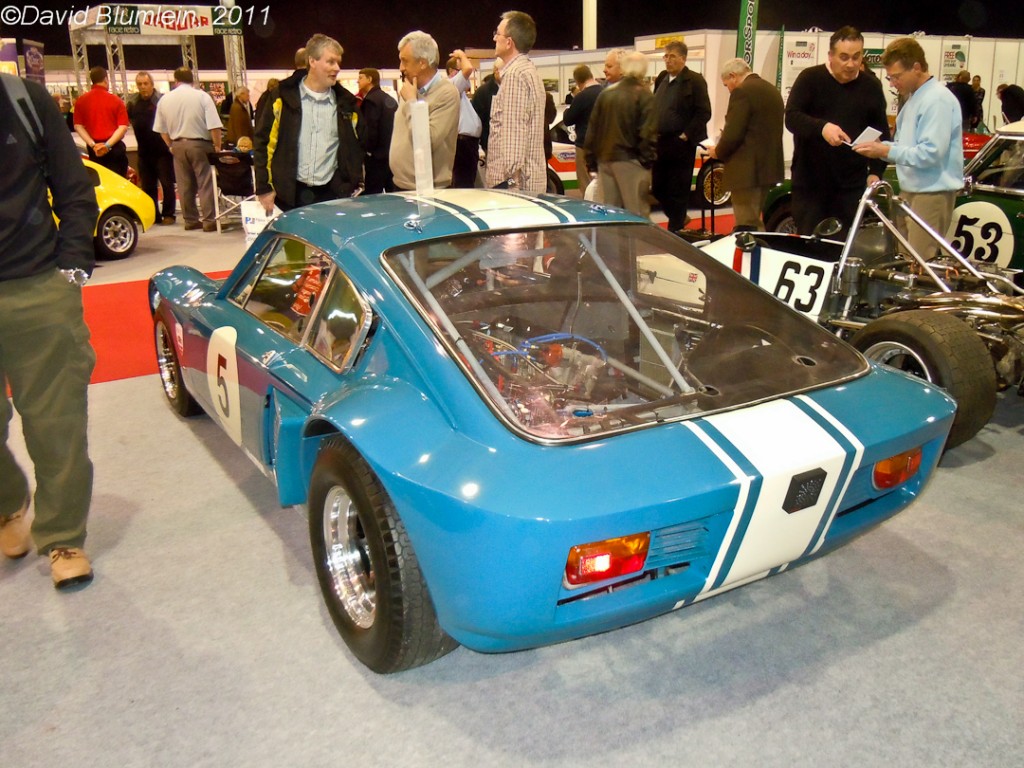
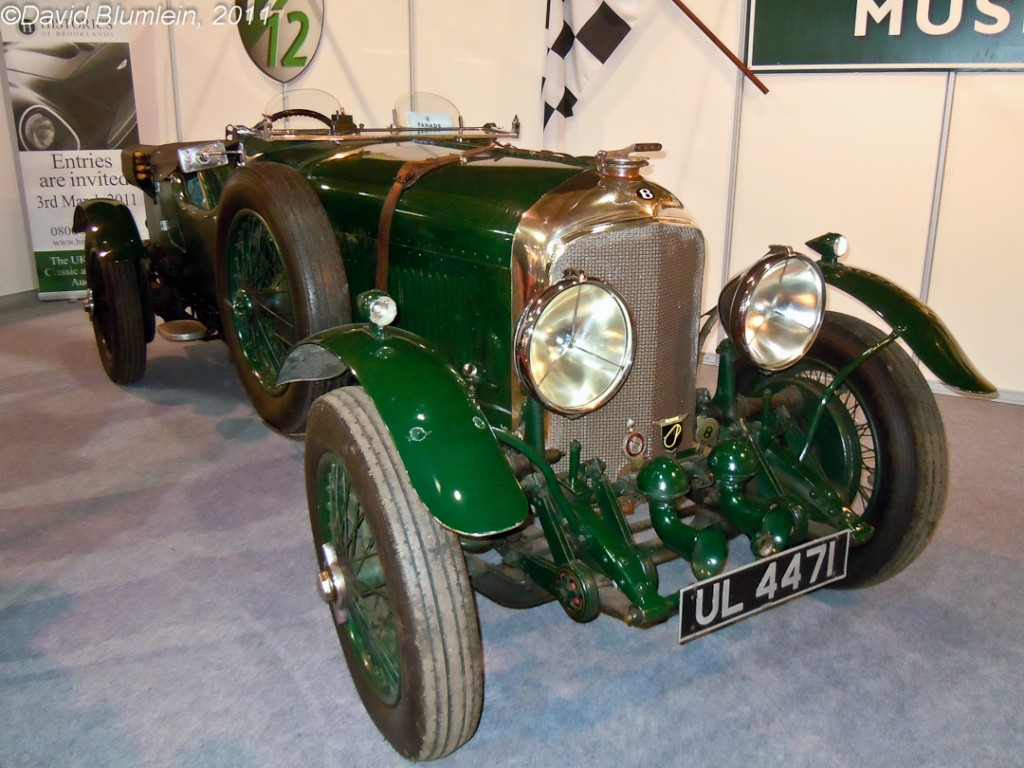
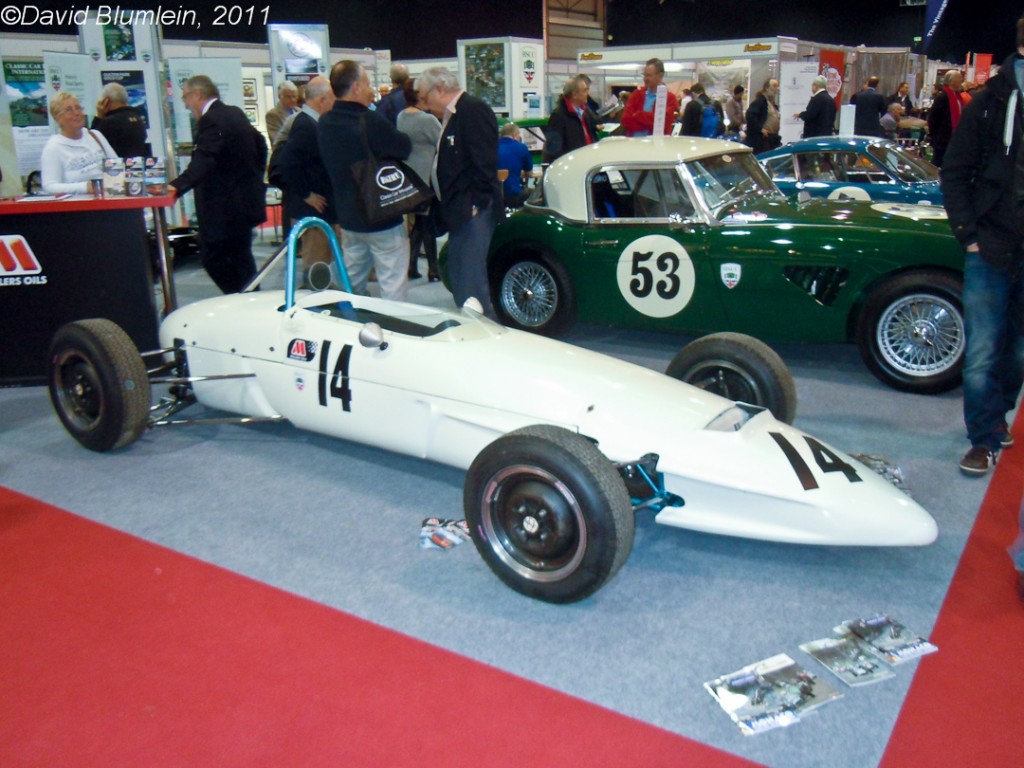
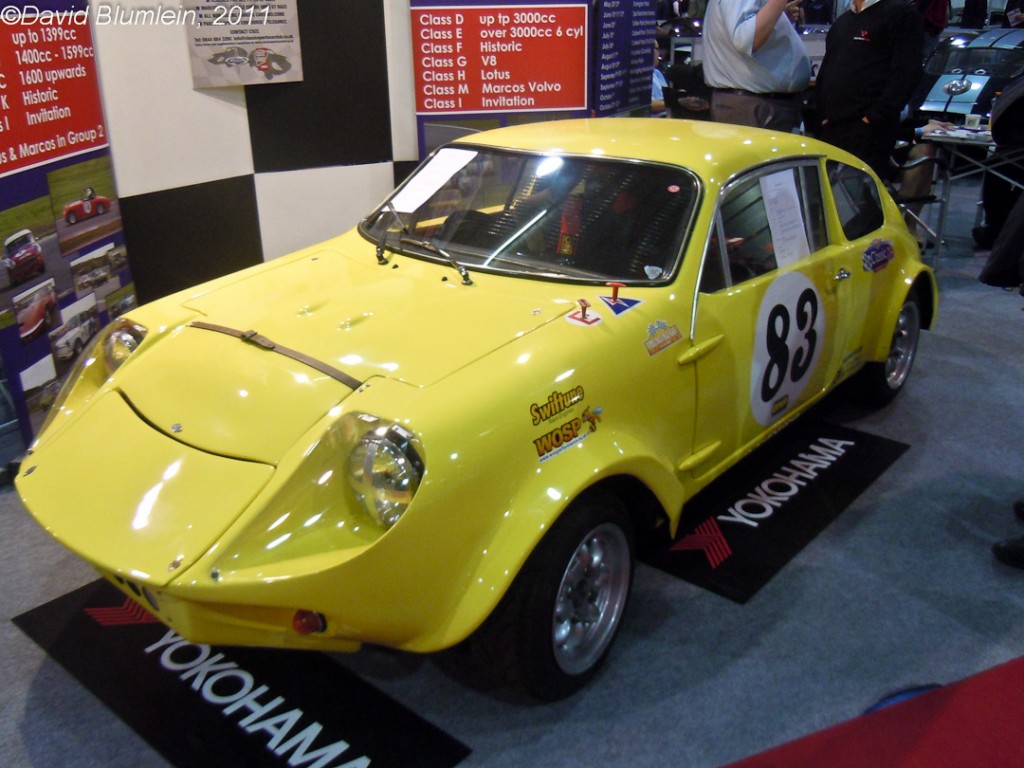
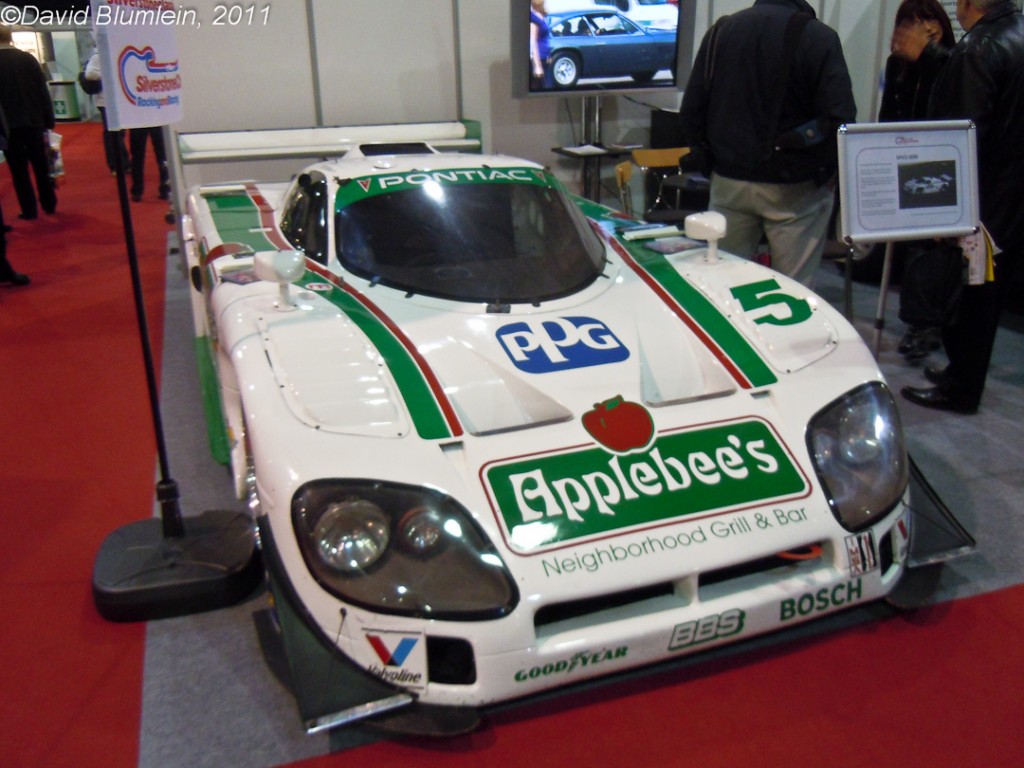
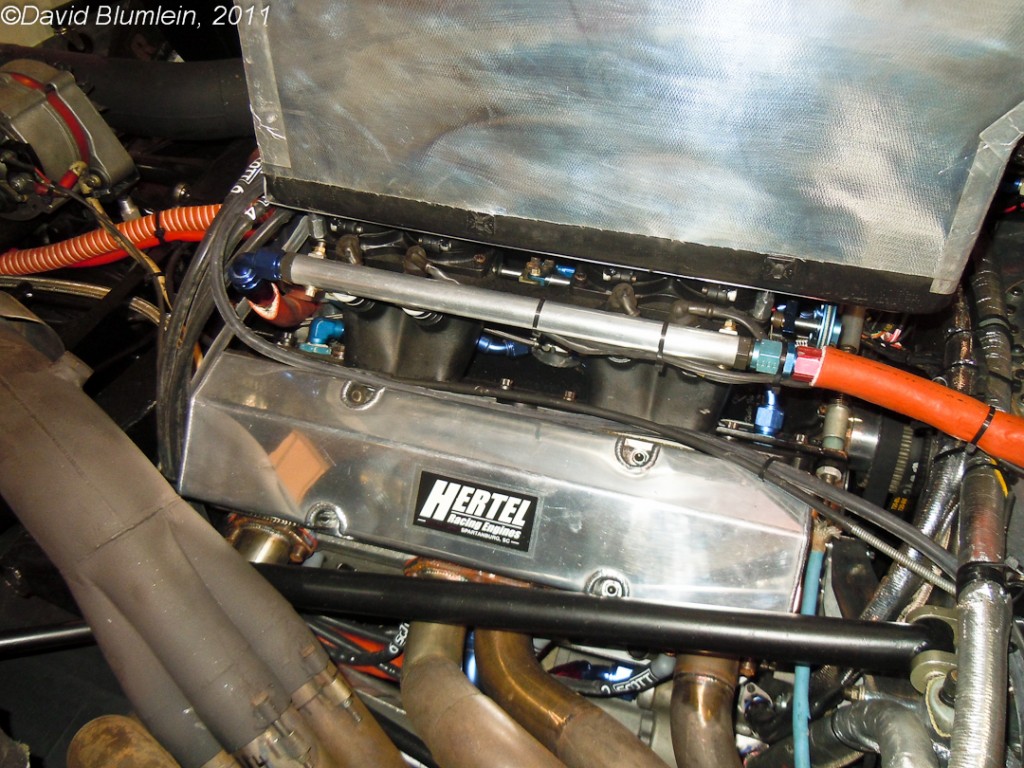
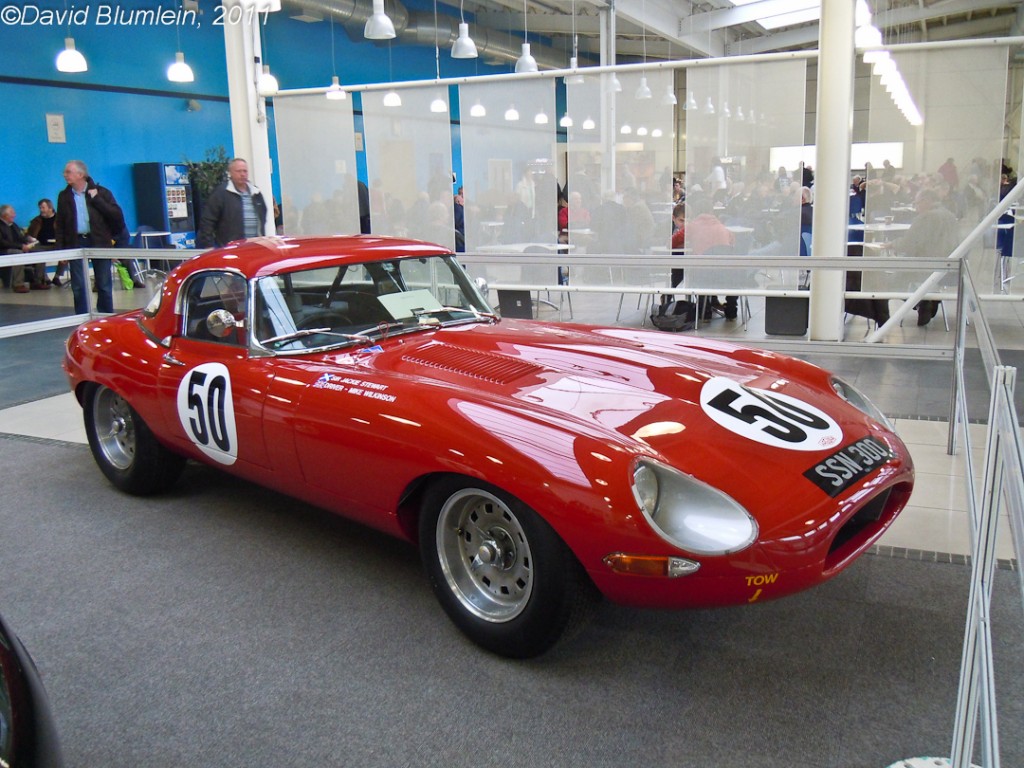
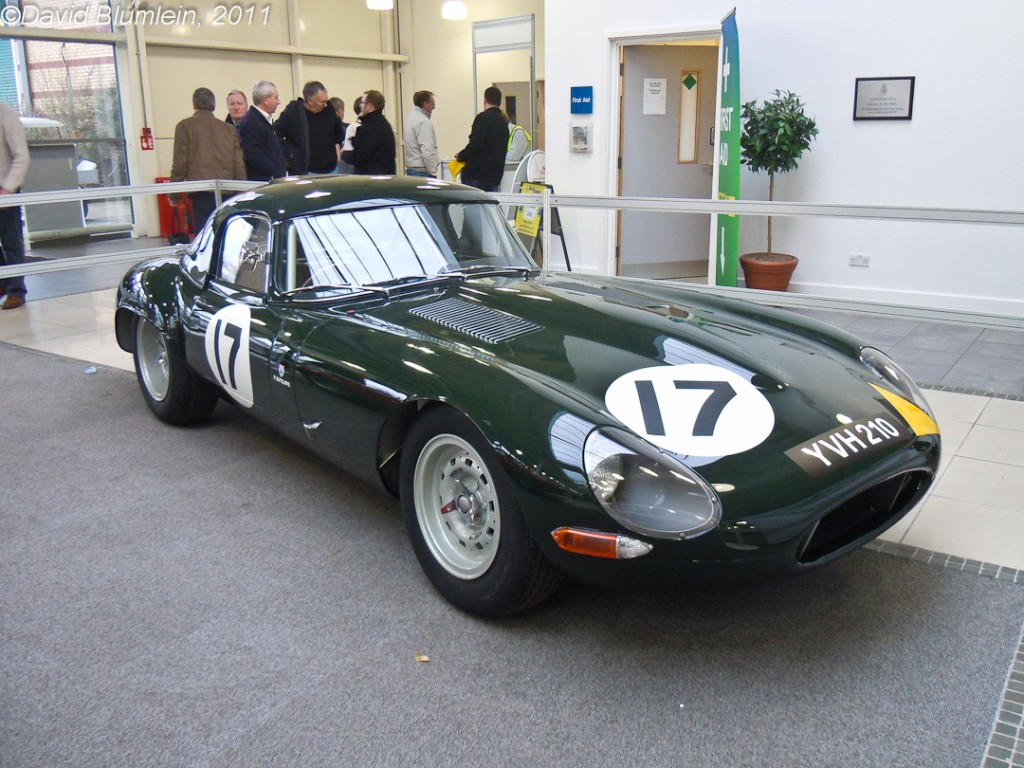
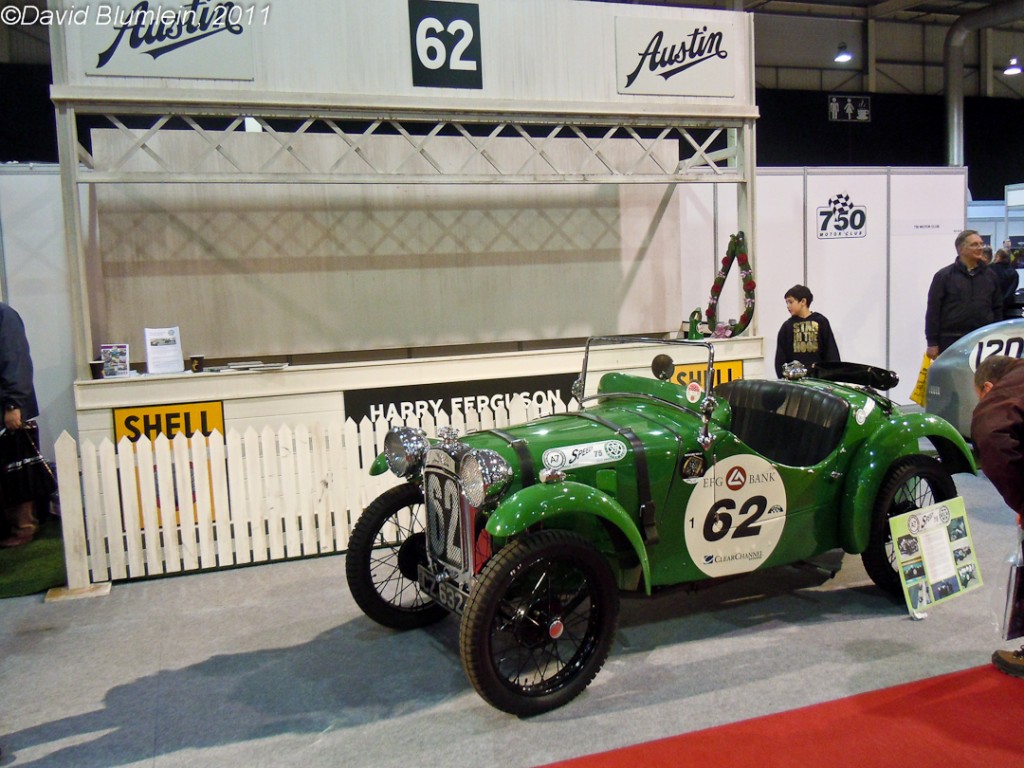
 One of the best bits about blogging is having the oppertunity to Big Up your mates.
One of the best bits about blogging is having the oppertunity to Big Up your mates.